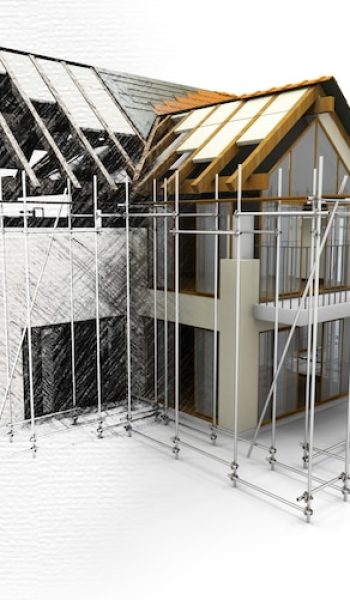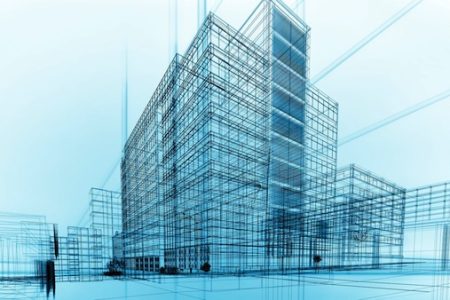Structural Design

Objective of structural design is to obtain required size, grade, reinforcement etc. of structural members to withstand the internal forces calculated from the structural analysis
Structural design provides information pertaining to required size, grade, reinforcement etc. of the structural members
Significance
- Produce a structure which is capable to resist all applied loads without failure during its service life
- Obtain the economical dimensions of structural members
- Investigate the strength, stability and rigidity of structures
- Ensure structural safety
Structural design is a critical aspect of engineering that involves creating safe, efficient, and reliable structures capable of withstanding various loads and environmental conditions. The primary goal of structural design is to ensure the stability, durability, and safety of buildings, bridges, dams, towers, and other infrastructure projects. A well-executed structural design is essential to prevent failures, avoid risks to human life, and minimize damage to property.


Structural Design
The objective of structural design is to ensure that the structural members of a building or structure are designed to withstand the internal forces and stresses calculated from structural analysis. This involves determining the appropriate size, grade, reinforcement, and other specifications for each structural element, such as beams, columns, slabs, and foundations. The ultimate goal is to create a safe and structurally sound building that can withstand the anticipated loads and environmental conditions.
Significance of Structural Design
Structural Integrity and Safety: The primary significance of structural design is to produce a structure that can resist all applied loads without failure during its service life. By carefully designing the structural elements, taking into account the loads, forces, and deformations, the design ensures the stability and integrity of the structure, preventing potential collapses or structural failures.
Economical Design: Structural design aims to obtain the most economical dimensions of the structural members. This involves optimizing the material usage and reducing unnecessary costs while still ensuring structural strength and performance. An economical design helps to minimize construction expenses without compromising the safety or functionality of the structure.


Strength, Stability, and Rigidity: Structural design investigates and ensures the strength, stability, and rigidity of the structure. It considers the different types of loads the structure will experience, such as dead loads (self-weight), live loads (occupant and furniture loads), wind loads, seismic loads, and temperature effects. By appropriately designing the structural members and connections, the design ensures that the structure can withstand these loads and maintain its stability and rigidity.
Structural Safety: One of the key objectives of structural design is to ensure the safety of the structure and the occupants. By following building codes, regulations, and safety standards, the design incorporates measures to prevent excessive deformations, stresses, or failure modes that could jeopardize the safety of the structure. It includes considering factors such as fire safety, escape routes, and load capacities to ensure the structure can safely support its intended use.
Optimal Performance and Durability: Structural design aims to optimize the performance and durability of the structure. It takes into account factors such as durability of materials, corrosion protection, and resistance to environmental conditions. By selecting appropriate materials and design details, the design enhances the longevity and reliability of the structure, reducing the need for frequent repairs or maintenance.
Adaptability and Future Modifications: Structural design also considers the potential for future modifications or adaptations of the structure. By incorporating flexibility and allowances for expansion or changes in use, the design allows for alterations without compromising the overall structural integrity or safety.


Why Choose Us?
Extensive Experience: With decades of experience in the geotechnical industry, our team of experts has successfully undertaken numerous projects across diverse sectors. Our collective knowledge and expertise enable us to tackle challenges of any scale with confidence and efficiency.
Highly Qualified Team: At V-Geotech Experts, we take pride in our highly qualified team of geotechnical engineers and material testing specialists. Our experts are well-versed in the latest industry practices, cutting-edge technologies, and international standards, ensuring that you receive the highest quality of service.

